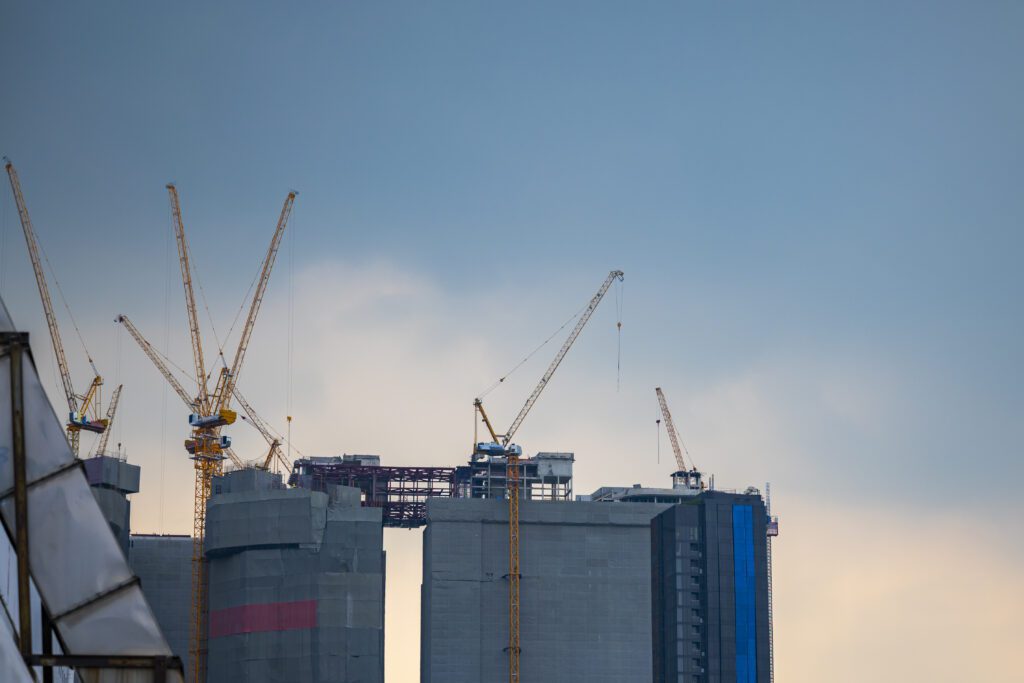Top 2 Rules for Quickly Resolving Construction Delays and Disputes
Construction Delays and Disputes are all too common in the construction world. Avoiding delays is always preferable, however at times construction delays are at times inevitable. Delays cost time and money, and so planning for the possibility of encountering Construction Delays or Construction Disputes should be fully appreciated and considered. Today we will be discussing 2 Rules for Resolving Construction Delays.
For this reason, it is imperative that all participants in the construction project agree to acceptable guidelines and methodology, and these should be fully participated In by all parties, and established at the start of the project. When preparing for delays it is important to understand that most construction disputes remain unresolved for one or more of the following reasons:
- The delay entitlement has not been settled (acknowledgement of who is responsible for a particular issue), and/or
- The understanding of delay resolution concepts is not understood (see the article on concurrent delays), and/or
- There is no understanding of the Rules of Engagement in the delay resolution process.
There are two fundamental Rules of Engagement that must be followed in order to successfully resolve construction disputes over delays:
Agreement to the method of construction delay analysis, or which Time Impact Analysis (TIA) to use for evaluating the construction delay impacts, and Once the method is selected, agree to adhere to the guidelines built into the particular evaluation method. Both of these rules for resolving construction delays are essential. It is not enough to establish an schedule analysis method. Both parties must agree to work within its parameters.
Following the Construction Projects Established rules
I have two children, and as angelic as I want to believe they are, I constantly must step into a dispute and establish a plan for resolution, as in “taking turns”. It seldom fails that one will cry for enforcement of the rules when it benefits their position and will want to claim alternate reasoning when the rules are not in their favor. I must remind them that, although the rules may not seem fair in some situations, in the long run, following the established rules will work both ways and is the fairest way to resolution.
Resolving Construction Delays
I recently worked with an associate who was in the process of buying into a partnership with an optional buy-back clause. This associate spent a lot of time and effort attempting to calculate the best method for evaluating the value of the shares of the business he was buying. The seller had proposed a specific evaluation method for the purchaser’s shares, at a discount, with the agreement that in a set time frame the same evaluation method would be used in buying back the shares at full value.
Avoiding Construction Projects Delays First
Through this process we concluded that as long as the evaluation method was reasonable at the beginning and was the same for both transactions, whatever part of the formula may work against him during the purchase would be in his favor when he sells. In the end it would be fair and equitable, as long as the formula was consistent for both parties, and both transactions.
Resolving Construction Disputes
In attempting to resolve construction projects delay issues the same reasoning will typically apply. It helps to start with the best delay analysis methodology. But even if the best methodology is not selected, if both parties will follow specific guidelines of the agreed upon method, equitable resolution can be accomplished.
1) Establishing the Best Construction Delay Analysis Method AACE established Recommended Practices identify numerous analysis methodologies. In general, however, delay analyses fall into four basic categories:
- Total Time Analysis – used mostly in efficiency claims when the budgeted time is compared to the total time.
- Adjusted As-Planned Analysis – delay activities are inserted into an ‘As-Planned’ or ‘Baseline’ schedule to measure impacts to the critical path.
- Adjusted As-Built Analysis – an as-built schedule is prepared from project documentation and delay activities are removed to collapse the schedule back to a ‘but for’ status to quantify the impacts.
- Contemporaneous Time-Frame Analysis – delays are inserted into the current updated schedule to determine impacts to the current critical path including the current as-built conditions and the contemporaneous critical path.



